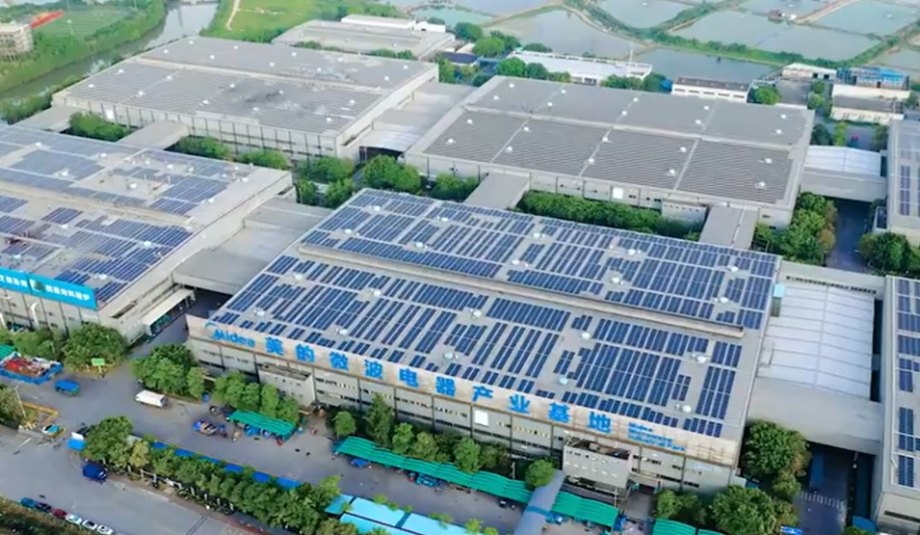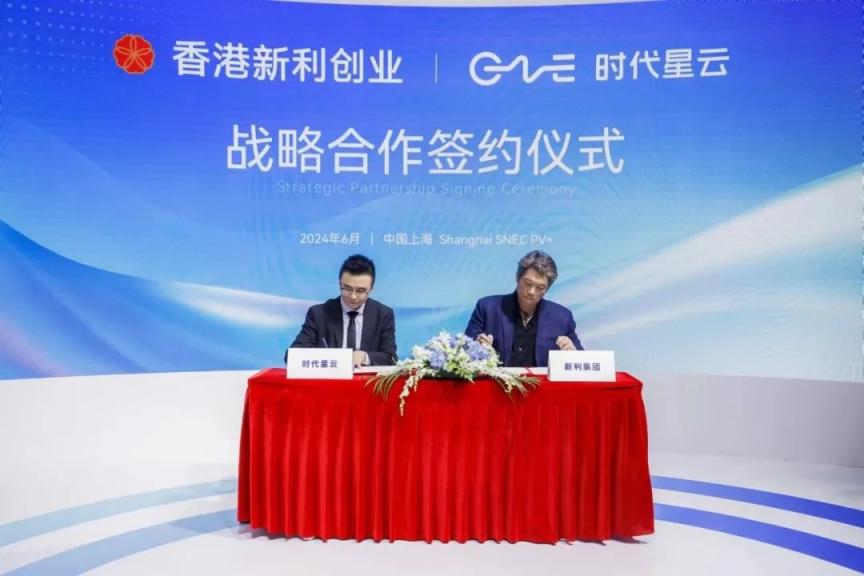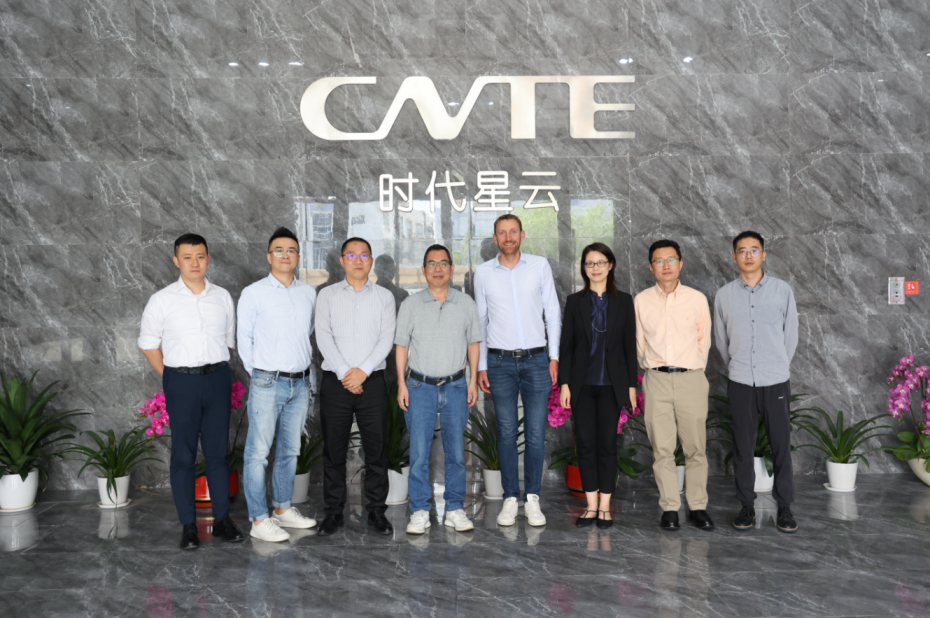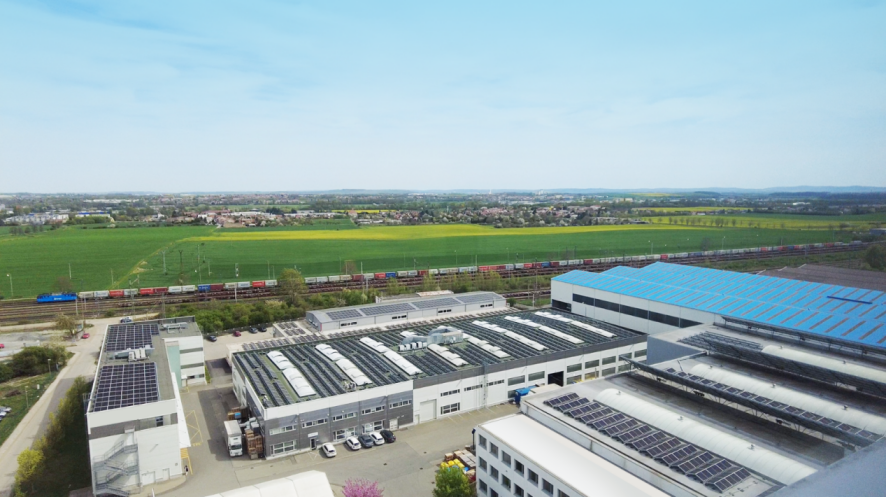Commercial and Industrial ESS: 2024 One-Stop Solutions
As the commercial and industrial sectors continue to navigate the challenges and opportunities presented by Energy Storage Systems, CNTE remains a steadfast partner in providing innovative solutions. The convergence of advanced technologies and successful case studies underscores the transformative potential of ESS in shaping the future of energy management in these vital sectors.
I. Introduction
A. Definition and Importance of Energy Storage Systems (ESS)
Energy Storage Systems (ESS) play a pivotal role in modern energy management, serving as a bridge between energy production and consumption. These systems store excess energy during periods of low demand and release it during high-demand periods, ensuring a reliable and stable power supply. In commercial and industrial settings, the significance of ESS has grown exponentially, driven by the need for efficient energy utilization, grid stability, and the integration of renewable energy sources.
B. Overview of the Growing Need for Energy Storage in Commercial and Industrial Settings
As the demands on power grids continue to increase, commercial and industrial sectors are facing unprecedented challenges in managing their energy needs. The rising costs of energy, coupled with the increasing prevalence of intermittent renewable sources, have underscored the necessity for robust and scalable energy storage solutions. This blog aims to explore the benefits, challenges, and applications of Energy Storage Systems in commercial and industrial environments.
C. Purpose of the Blog: Exploring the Benefits, Challenges, and Applications of ESS in These Sectors
This blog delves into the multifaceted aspects of Commercial and Industrial Energy Storage Systems. By examining the benefits, challenges, and applications, readers will gain insights into how ESS can revolutionize energy management in these sectors.

II. Benefits of Commercial and Industrial ESS
A. Energy Cost Savings
1. Peak Shaving: ESS allows businesses to smooth out their electricity consumption, reducing the peak demand during high-cost periods. This, in turn, leads to substantial cost savings by avoiding peak demand charges.
2. Demand Charge Reduction: By strategically deploying ESS to manage peak loads, businesses can significantly cut down on demand charges imposed by utilities. This results in more predictable and manageable energy costs.
B. Grid Reliability and Stability
1. Backup Power During Outages: Commercial and industrial establishments cannot afford downtime. ESS provides a reliable backup power source during grid outages, ensuring continuous operations and safeguarding critical processes.
2. Frequency Regulation: ESS contributes to grid stability by providing frequency regulation services. Rapid response capabilities of these systems help balance supply and demand, enhancing the overall stability of the electrical grid.
C. Integration of Renewable Energy
1. Managing Intermittent Energy Sources: With the increasing adoption of solar and wind energy, the intermittent nature of these sources poses challenges to grid stability. ESS acts as a buffer, storing excess energy when available and releasing it when renewable sources are not generating power.
2. Maximizing Self-Consumption: ESS enables businesses to maximize their self-consumption of renewable energy, reducing reliance on the grid. This not only lowers energy costs but also contributes to sustainability goals.
III. Applications of ESS in Commercial and Industrial Environments
A. Microgrids
1. Enhancing Energy Resilience: Microgrids, powered by ESS, provide a decentralized energy solution, enhancing resilience against grid failures. In the event of a power outage, microgrids can continue to supply electricity independently.
2. Islanding Capabilities: ESS-equipped microgrids can operate autonomously, or “island,” during grid disturbances. This ensures uninterrupted power supply to critical facilities even when the main grid is down.
B. Uninterruptible Power Supply (UPS) Systems
1. Ensuring Continuous Operation: ESS integrated into UPS systems guarantees uninterrupted power supply, safeguarding sensitive equipment and preventing data loss or production disruptions.
2. Protecting Critical Equipment: In industries where equipment downtime can result in significant financial losses, ESS-backed UPS systems act as a fail-safe, protecting against power interruptions.
C. Peak Load Management
1. Optimizing Energy Consumption: ESS enables businesses to optimize their energy consumption by storing excess energy during periods of low demand and utilizing it during peak hours, minimizing reliance on expensive grid power.
2. Reducing Electricity Costs During Peak Hours: By actively managing peak loads, businesses can reduce their electricity costs during high-demand periods, contributing to overall operational efficiency.
IV. Challenges and Considerations in Commercial and Industrial ESS Adoption
A. Cost Considerations
1. Initial Investment vs. Long-Term Savings: One of the primary challenges in adopting Commercial and Industrial Energy Storage Systems (ESS) is the upfront cost. Businesses often grapple with the decision between the initial investment in ESS and the long-term savings it promises. The key lies in understanding the return on investment (ROI) and how the system’s cost aligns with potential energy cost reductions over time.
2. Return on Investment (ROI): Calculating the ROI of an ESS involves considering factors such as energy cost savings, demand charge reductions, and potential revenue streams from grid services. While the initial investment may seem substantial, a well-implemented ESS can yield considerable returns over its operational life.
B. Technological Challenges
1. Battery Lifespan and Degradation: The longevity of batteries is a critical concern. Over time, batteries degrade, affecting their capacity and performance. Businesses investing in ESS need to carefully assess the lifespan of the chosen battery technology and factor in replacement costs to maintain optimal system performance.
2. Integration with Existing Infrastructure: Retrofitting ESS into existing commercial and industrial infrastructure can pose technological challenges. Seamless integration is essential to maximize the benefits of the system without disrupting regular operations.
C. Regulatory and Policy Landscape
1. Incentives and Regulations Affecting ESS Adoption: The regulatory environment significantly influences the adoption of ESS. Incentives, tax credits, and government regulations can either encourage or impede the implementation of these systems. Businesses must stay informed about regional policies to leverage available incentives.
2. Navigating Local and National Energy Policies: The diversity in energy policies at local and national levels adds complexity to ESS adoption. Understanding and navigating these policies is crucial for businesses seeking to deploy energy storage solutions effectively.
V. Case Studies: Successful Implementations of ESS
A. Guangdong Shunde Industrial and Commercial Energy Storage Project
1. Project Scale: 1MW/1.7MWh
2. Customer Demand: Provide emergency power supply for factories and save electricity costs.
3. Service Overview: Situated in Midea Group’s Guangdong Shunde factory, this energy storage system utilizes two 500kW Power Conversion Systems (PCS) and eight 213kWh battery cabinets. Integrated with a photovoltaic power generation system, it maximizes green power usage and reduces the company’s electricity expenses.
B. Commercial and Industrial Energy Storage Project in Ningbo, Zhejiang
1. Project Scale: 630kW/1.24MWh
2. Client Demand: Provide green power consumption, emergency power security, and electricity cost savings for the park.
3. Service Overview: Located in Fujia Industrial Park, this project combines new energy with energy storage to reduce carbon dioxide emissions. It aims to achieve green power consumption, peak shaving, valley filling, power quality improvement, reactive power compensation, and emergency power backup. The project aligns with environmental goals while addressing energy security and cost-efficiency.
VI. Future Trends in Commercial and Industrial ESS
A. Advancements in Energy Storage Technologies
1. Emerging Battery Technologies: Ongoing research and development are bringing forth new and improved battery technologies, offering higher energy density, longer lifespans, and faster charging capabilities.
2. Hybrid and Multi-Modal Energy Storage Solutions: The future holds the promise of hybrid ESS solutions that seamlessly integrate different storage technologies. This approach maximizes efficiency and ensures a more resilient energy storage infrastructure.
B. Integration with Smart Building Technologies
1. IoT and Data Analytics for Optimized Energy Management: The integration of Internet of Things (IoT) devices and advanced data analytics enables real-time monitoring and optimization of energy consumption. Smart building technologies contribute to more efficient ESS operation and energy management.
2. AI-Driven Energy Storage Systems: Artificial Intelligence (AI) is poised to revolutionize energy storage. AI-driven systems can predict energy demand patterns, optimize charging and discharging cycles, and enhance overall system performance.
Conclusion
In the realm of Commercial and Industrial Energy Storage Systems, CNTE emerges as a leading supplier. With a commitment to innovation and reliability, CNTE provides tailored ESS solutions that empower businesses to take control of their energy needs. As industries continue to evolve, embracing ESS becomes not only a strategic move but a fundamental requirement for sustainable and efficient energy management in the commercial and industrial sectors.
Get In Touch
Recent Posts
-

CNTE’s 90th Smart BESS EV Charging Station in operation in Shanghai
Jul 15, 2024 -

CNTE New Smart BESS EV Charging Station Landed in Shanghai
Jul 10, 2024 -

CNTE strategic signing at SNEC 2024 Shanghai
Jul 10, 2024 -

BP Group Co-operation Visit to CNTE
Jul 10, 2024 -

CNTE C&I ESS lands in Czech Industrial Park
Jul 10, 2024
